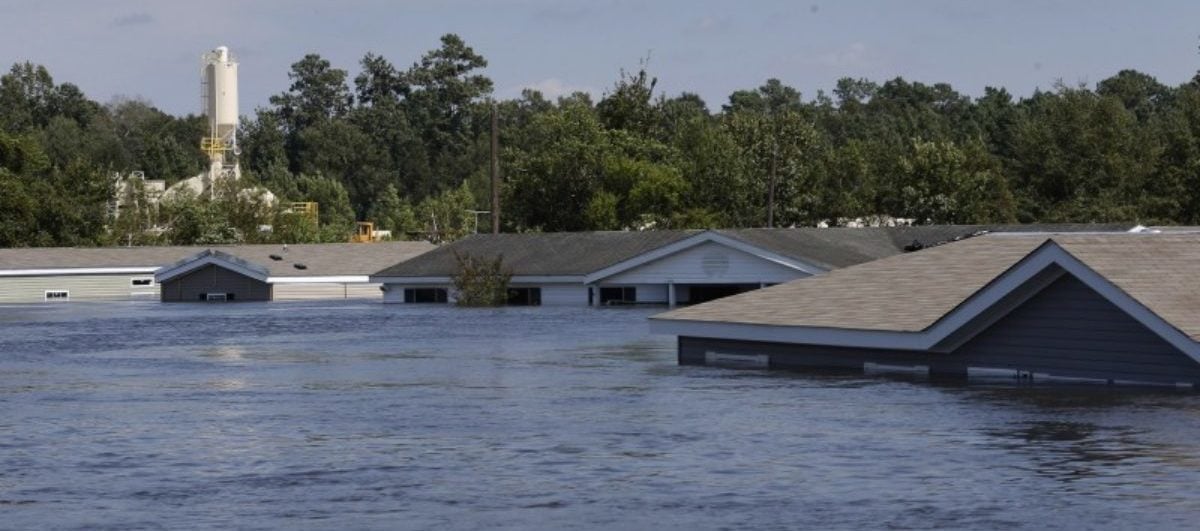

We spoke to 28 people about their experiences of flooding and destructive winds, as well as the generosity of folks who rushed in to help. If you want more information about how we could do the same thing for your company, reach out to WWS Tanks today.Last August, in the immediate wake of Hurricane Harvey, Texas Monthly produced an oral history of the devastation the storm wreaked upon our coastal areas. It’s not uncommon to hear about how businesses have saved thousands when utilizing our above ground water storage tanks (ASTs), frac tanks, and water treatment solutions. From the largest and most versatile frac tank in the industry to pioneering water treatment technology, we are an industry leader in fracking pond alternatives. At Well Water Solutions and Rentals, Inc., that’s our specialty. Once personal and family matters have been attended to and folks can take a minute to catch their breath, fracking business in South Texas will need to find a way to jump start their operations. Of course, the extra nickel that most Americans have to deal with at the gas pump is nothing when compared to the devastation the storm has caused families and businesses alike. Take one more step back in terms of gravitas, and you can see that most every American has been affected by more expensive gas prices. Not only has it taken the lives of too many, but homes, possessions, and a stark financial reality are the price that many Texan residents are facing. On an individual level, there is no doubting the storm’s toll. “There is significant risk in those wells not coming back to previous levels” he said. “It’s not just a matter of flipping a switch,” he said. And while many economists maintain their conviction that the macro-effect of the storm won’t prove to debilitate, Tony Sanchez III has a more concerned viewpoint. So far, most experts project a relatively minor impact on the GDP, despite the fact that there is an estimated loss of $20 billion on the overall GDP. Tony Sanchez III, in an article with the WSJ, noted his concerns that there is no guarantee that wells will maintain their current pressure, and therefore rate of production, if the operation was to be suspended.Īnalysts estimate that it will take months just to determine the impact the storm will have on the economy, let alone recover from it.


On a different level altogether, there is also the difficulty of return to a normalized rate of production on a technical level. Currently, some fields have resumed production, but the roads and tracks are still being affected by the storm, so the problem becomes transportation. Each link in the chain must have the green light. We are talking about a multibillion dollar industry with layers of infrastructure to consider, including pipelines, ports, roads, and train tracks. Shutting down fracking and attempting to restart production is no off and on switch. The concerning part, analysts say, is that we aren’t quite sure when the production will return to normal. The US is missing out on 1.4 million barrels of oil per day in the Eagle Ford share of South Texas shale alone. It’s no surprise to many of our readers to read that the storm has significantly impacted the nation’s production oil supplies, 15 percent to be exact. Hurricane Harvey is the strongest storm to have hit Texas’ shores in the past 50 years. Many businesses that have been or are our clients (working with us to find frac tank rentals, frac tanks for sale, and other fracking pond alternatives) may be impacted by Hurricane Hurricane Harvey. Companies, like Chesapeake Energy, have implemented successful turnaround plans with modernized horizontal drilling at the heart of the initiative.īut it isn’t all sun and daisies for fracking companies.

Pile on the fact that companies are able to be markedly more efficient in production costs, and you begin to realize the magnitude of the impact that these changes are making on a global scale. When you consider the fact that this oil is thousands of feet down, that’s pretty impressive. Essentially, new methods have taken a lot of the guessing work out of the finding where the oil is at. Fracking companies big and small are able to cut costs with the ability to drill “super wells”. Instead of bluntly attacking oil reserves found within shale and other sediment with what would presently be seen as antiquated methods, new approaches are becoming the norm. As we described in some detail in our previous post, horizontal drilling and a blend of other innovations is giving way to what some are describing as fracking 2.0. Fracking has taken off in the last decade.


 0 kommentar(er)
0 kommentar(er)
